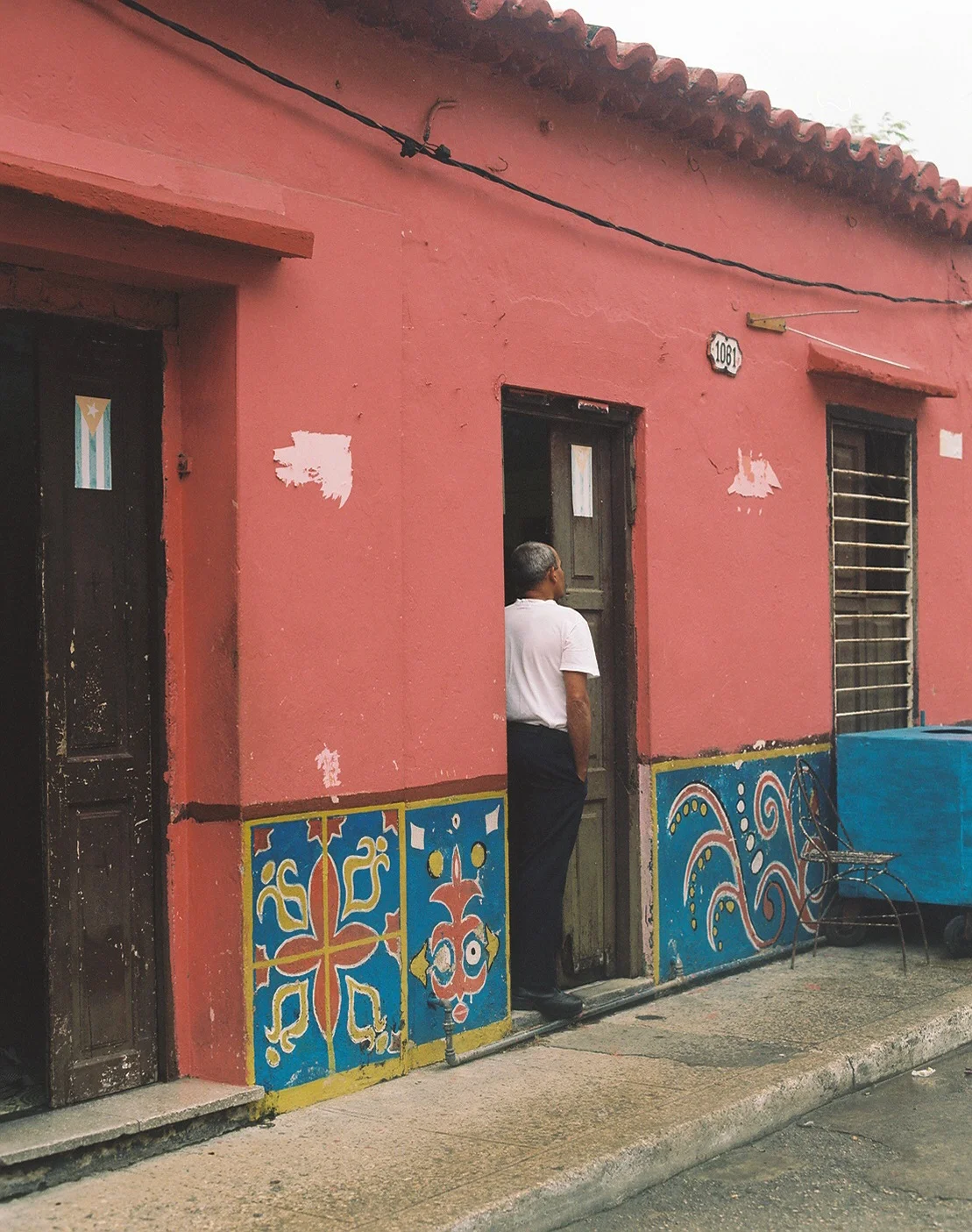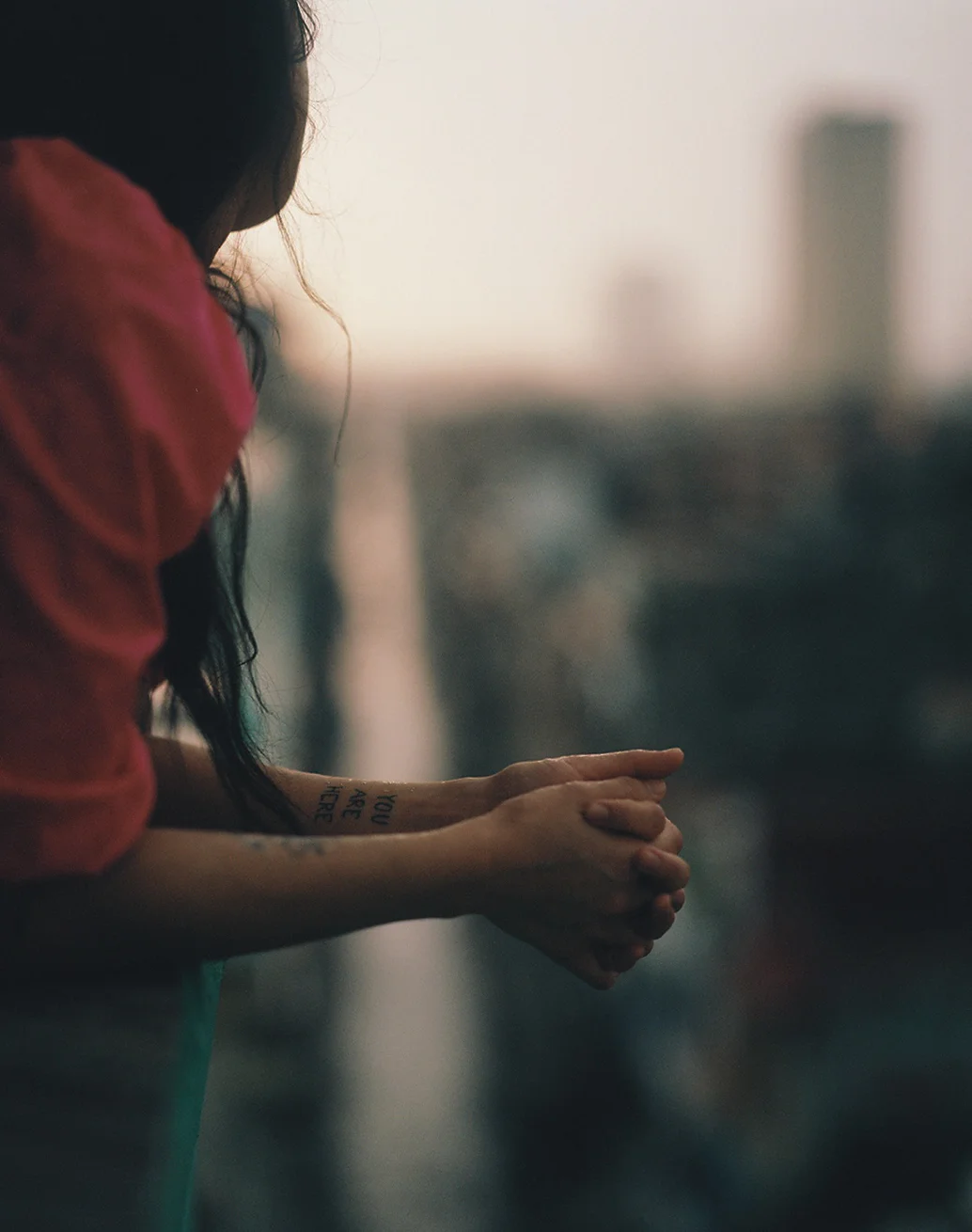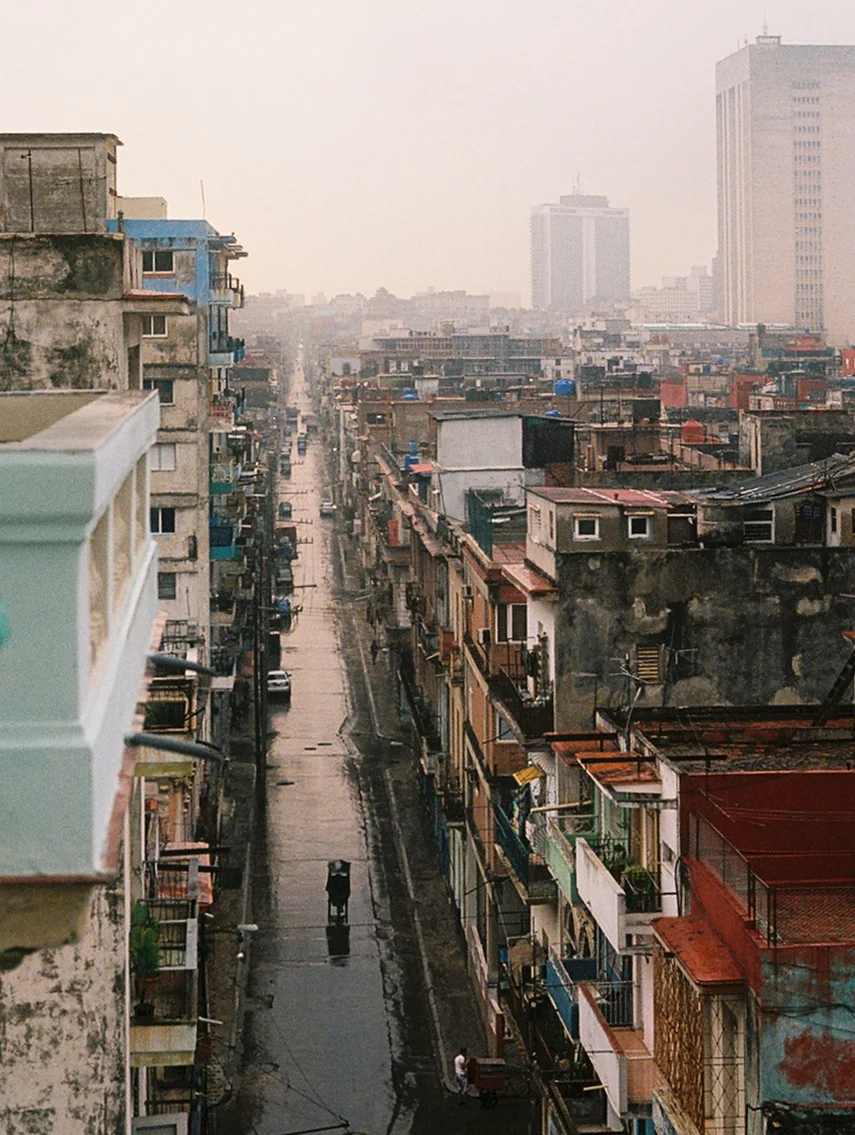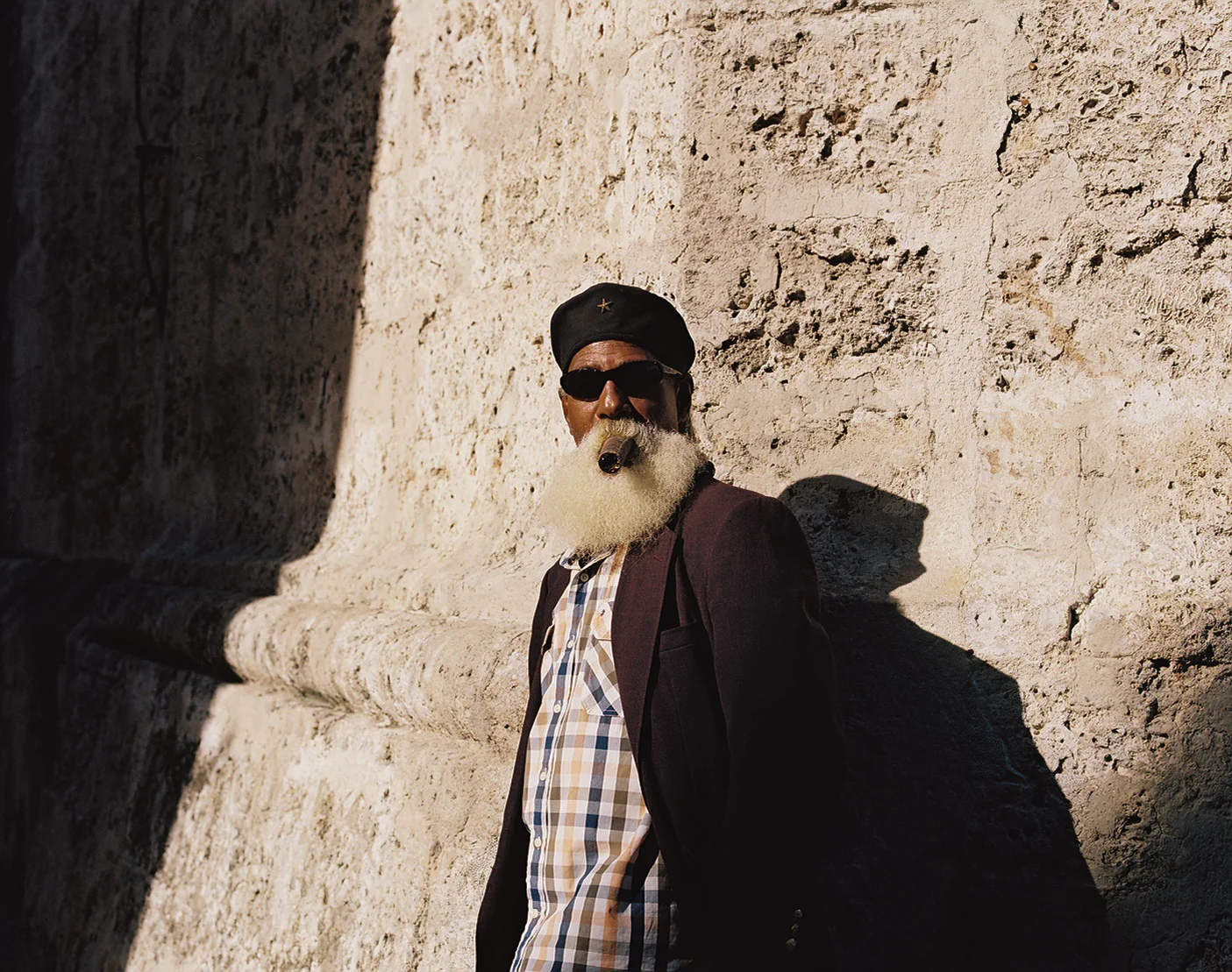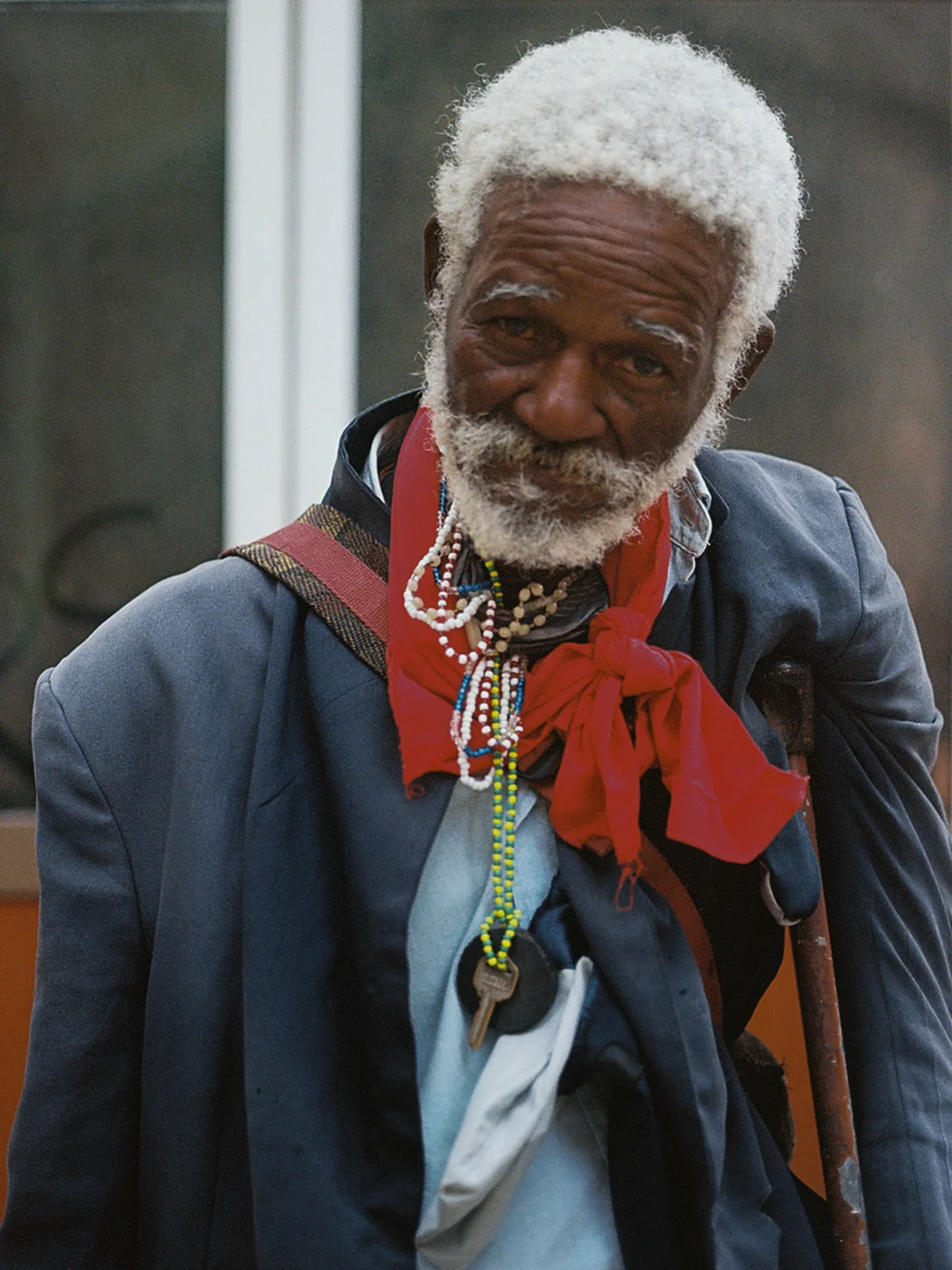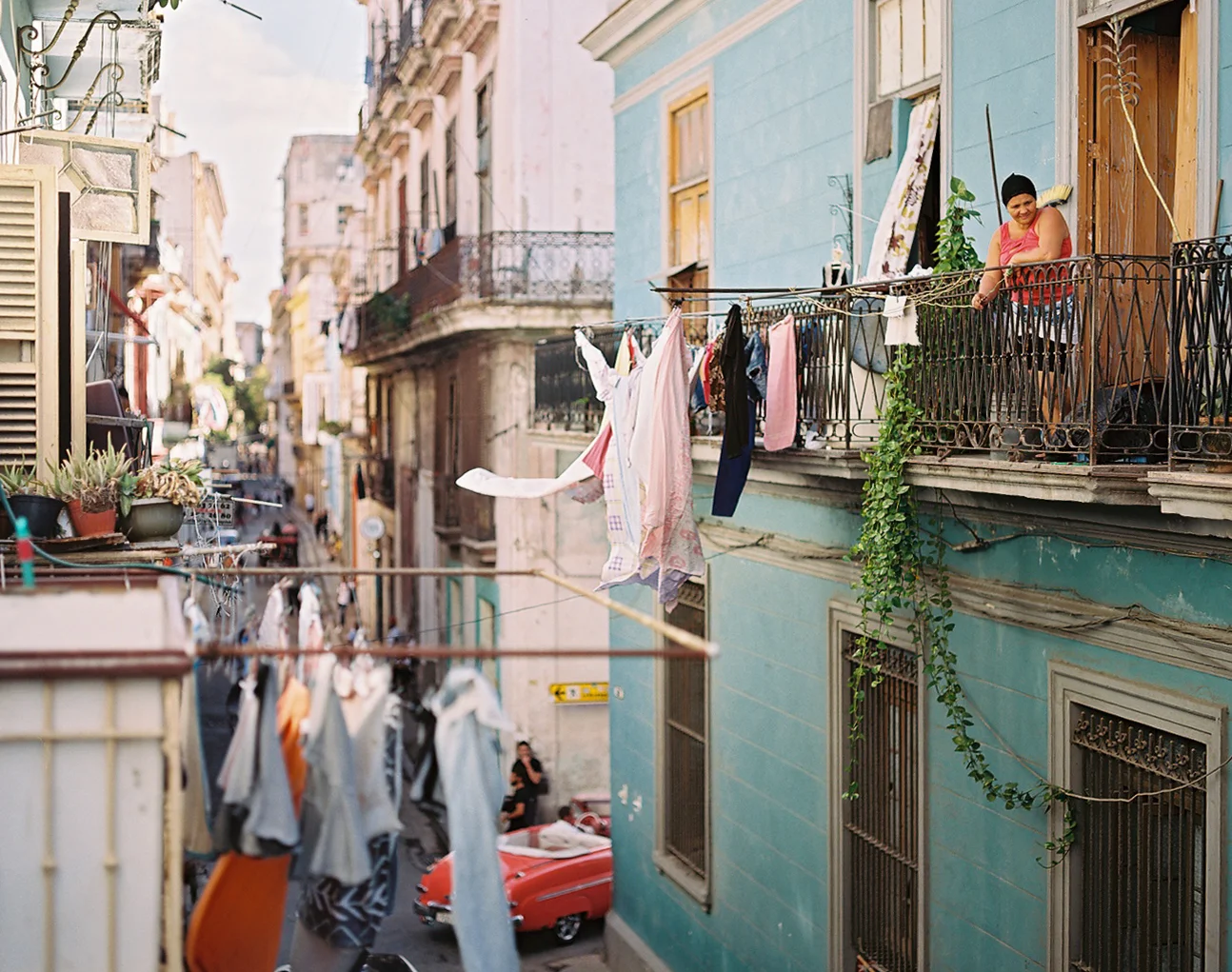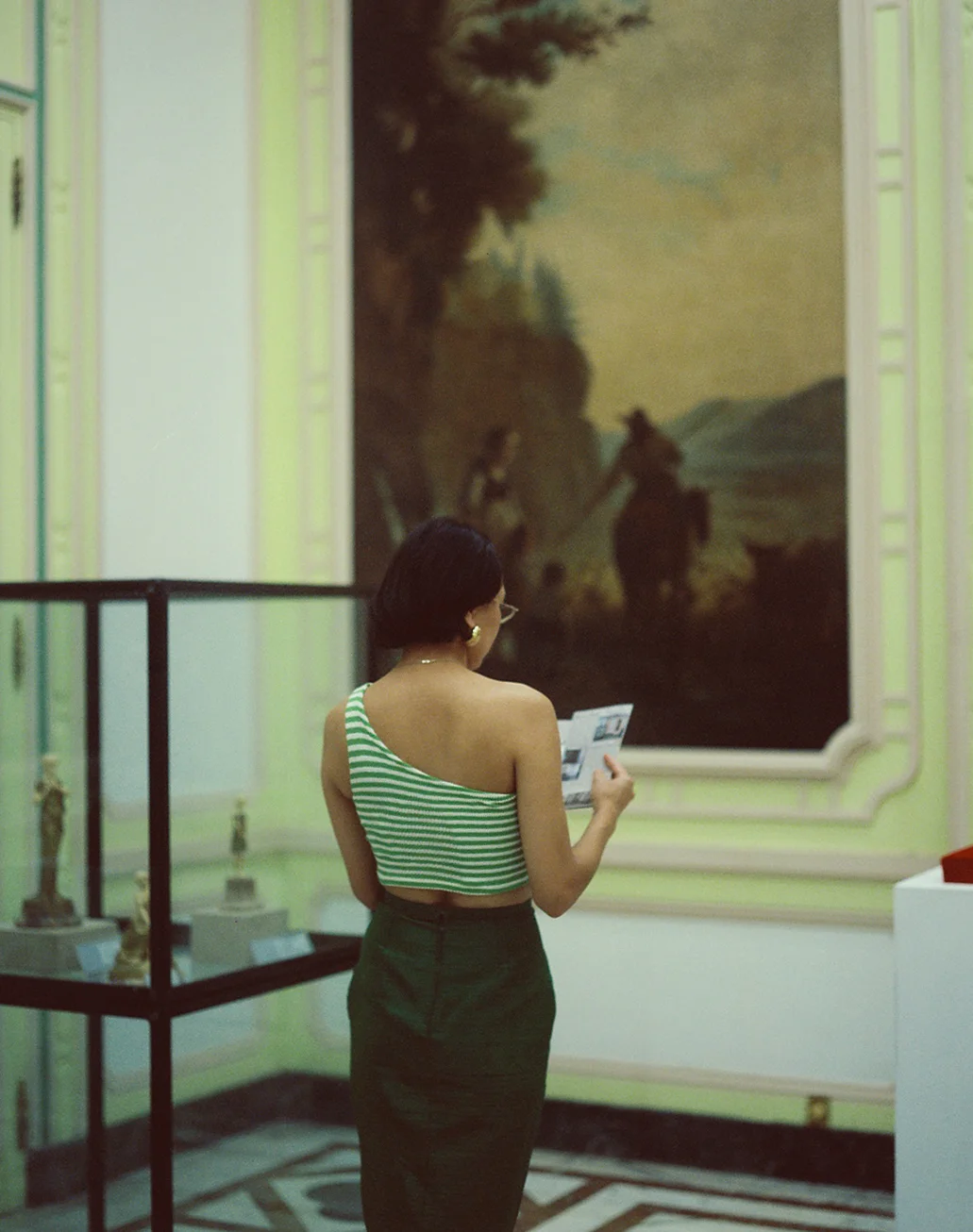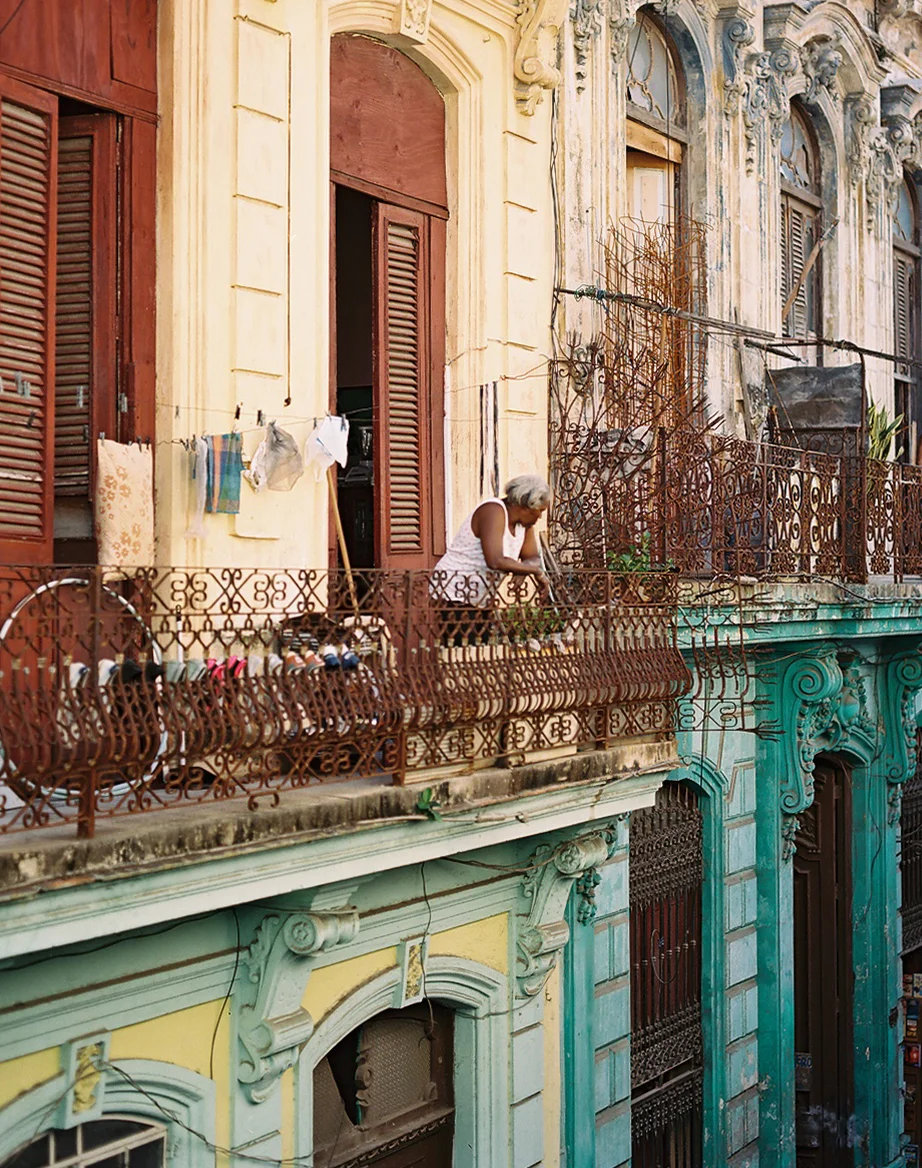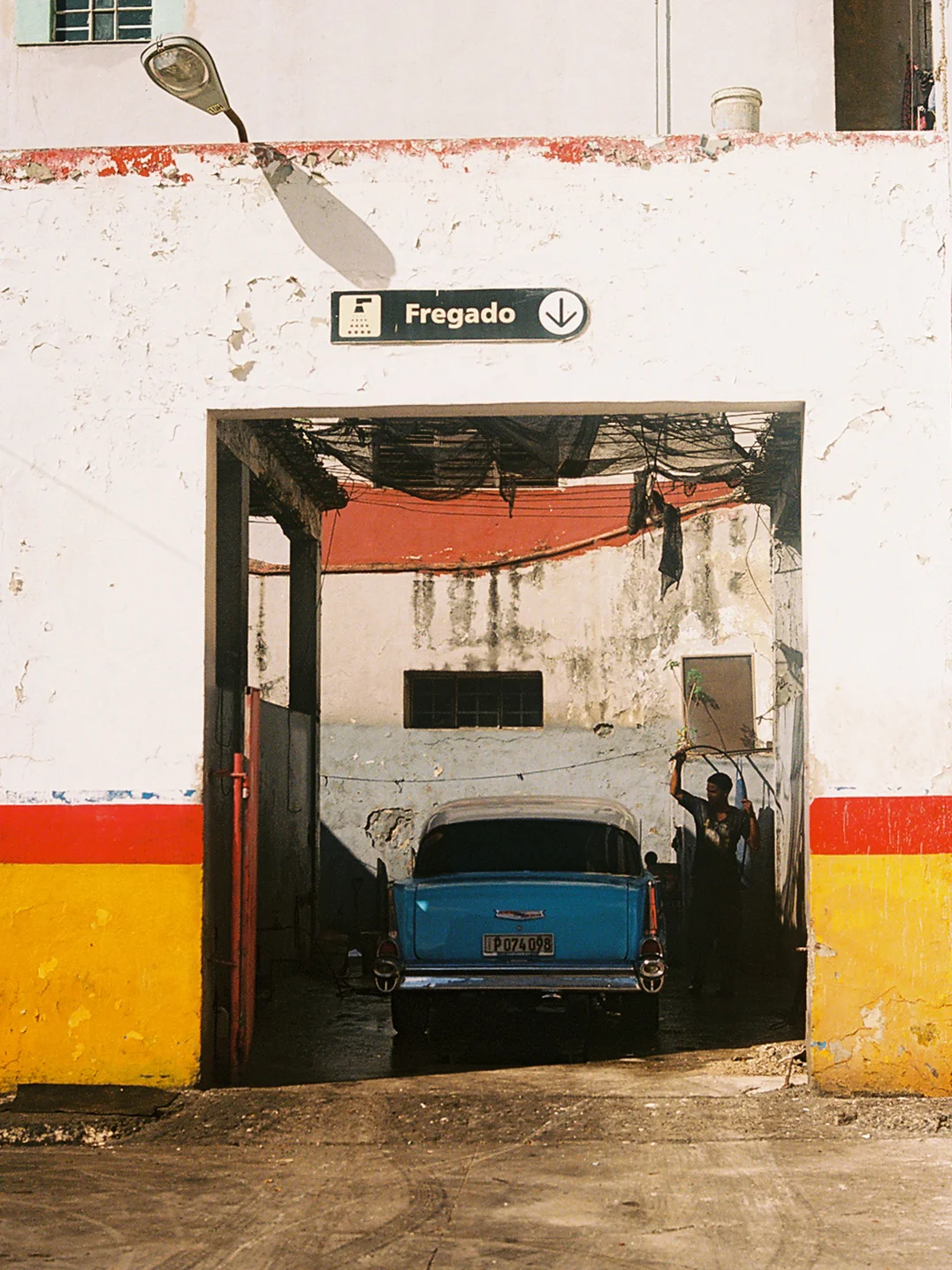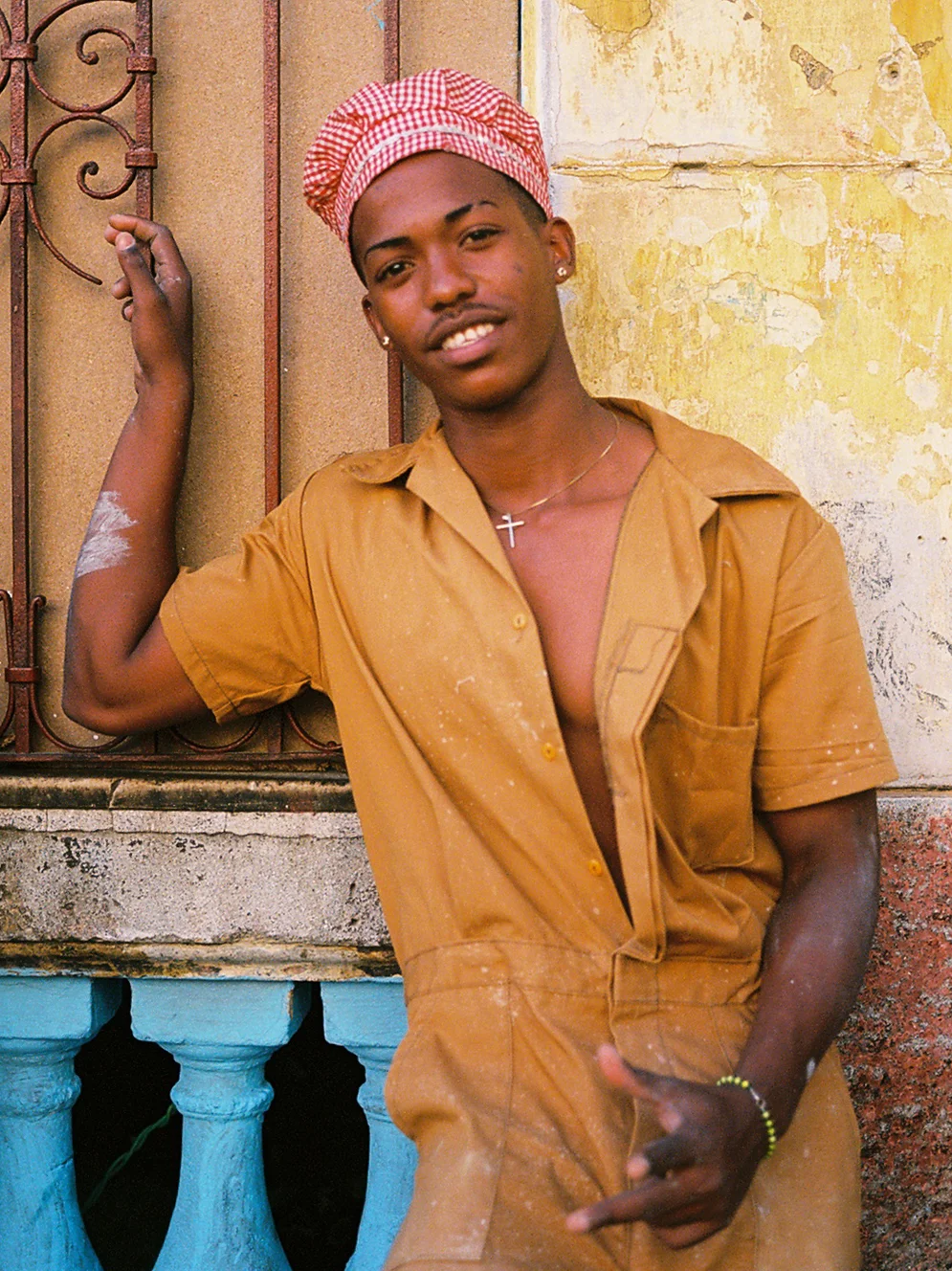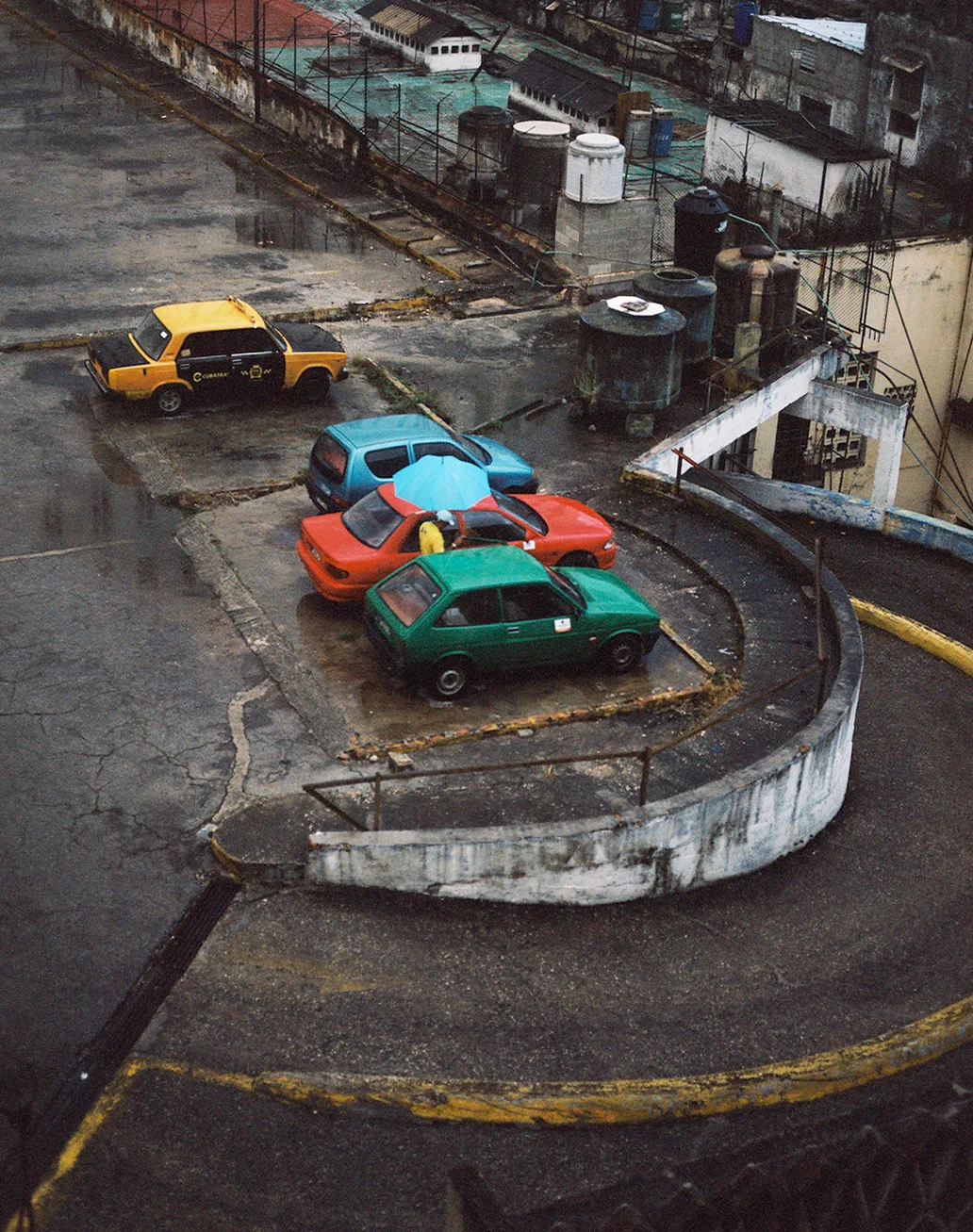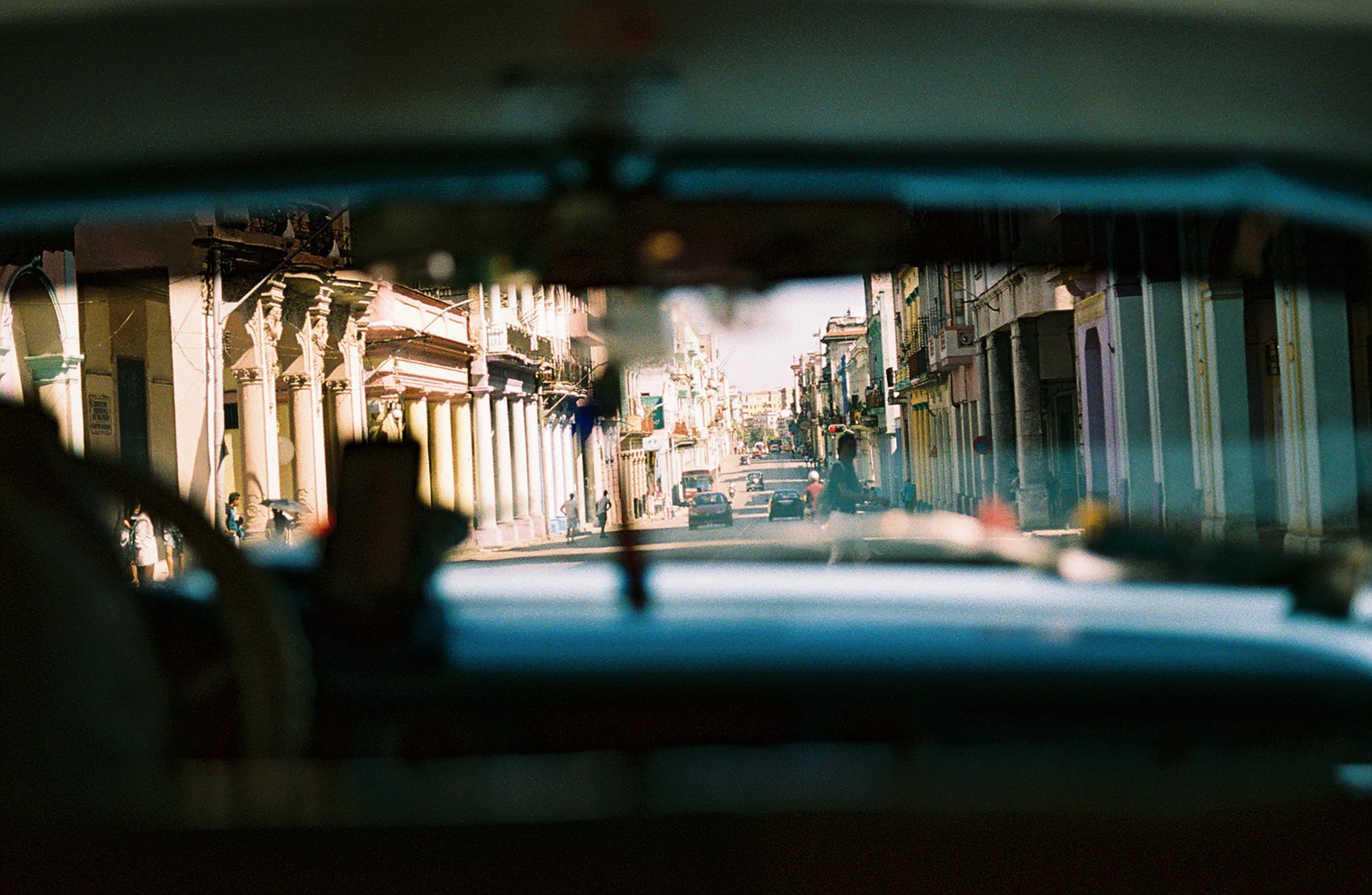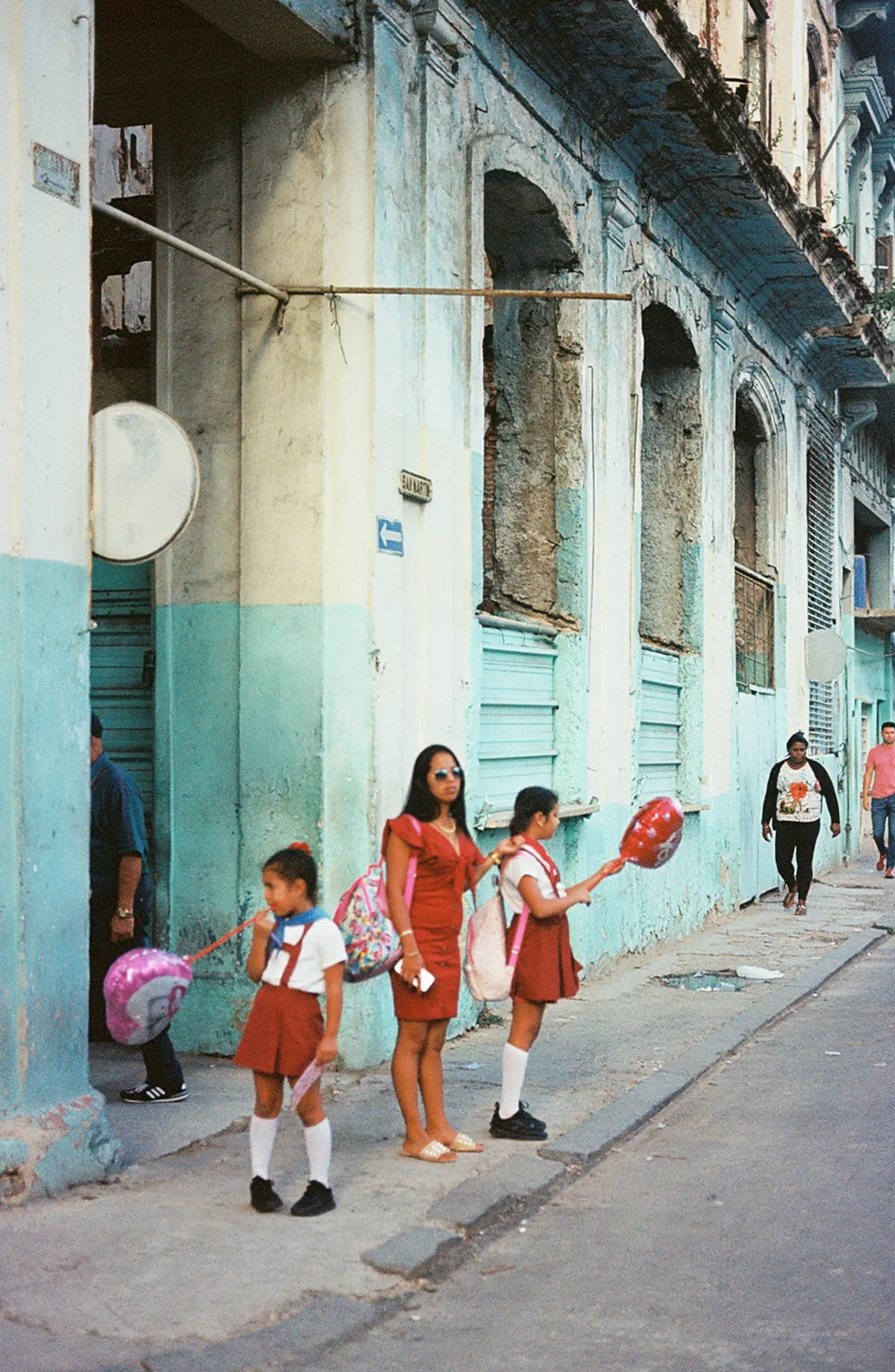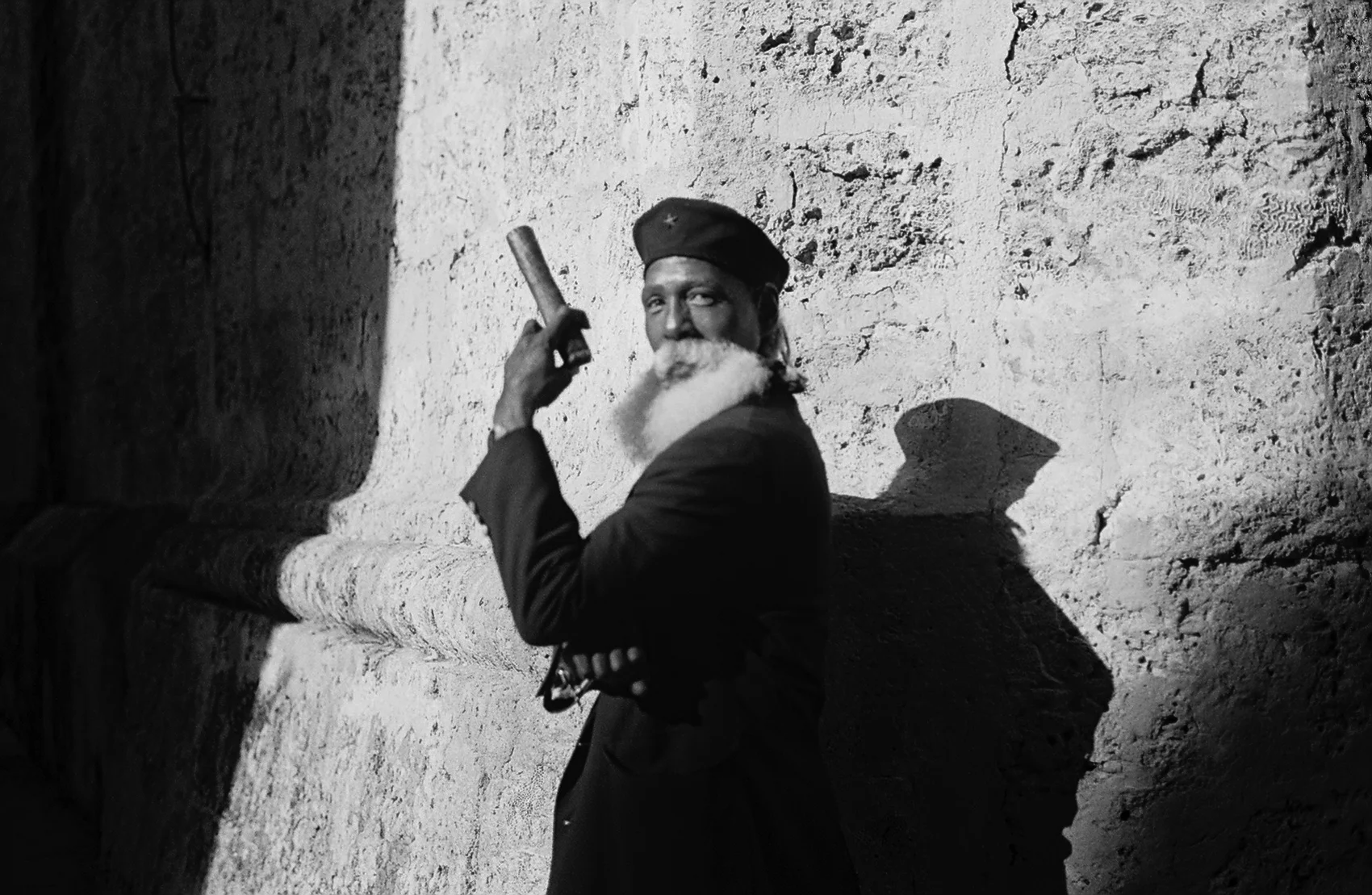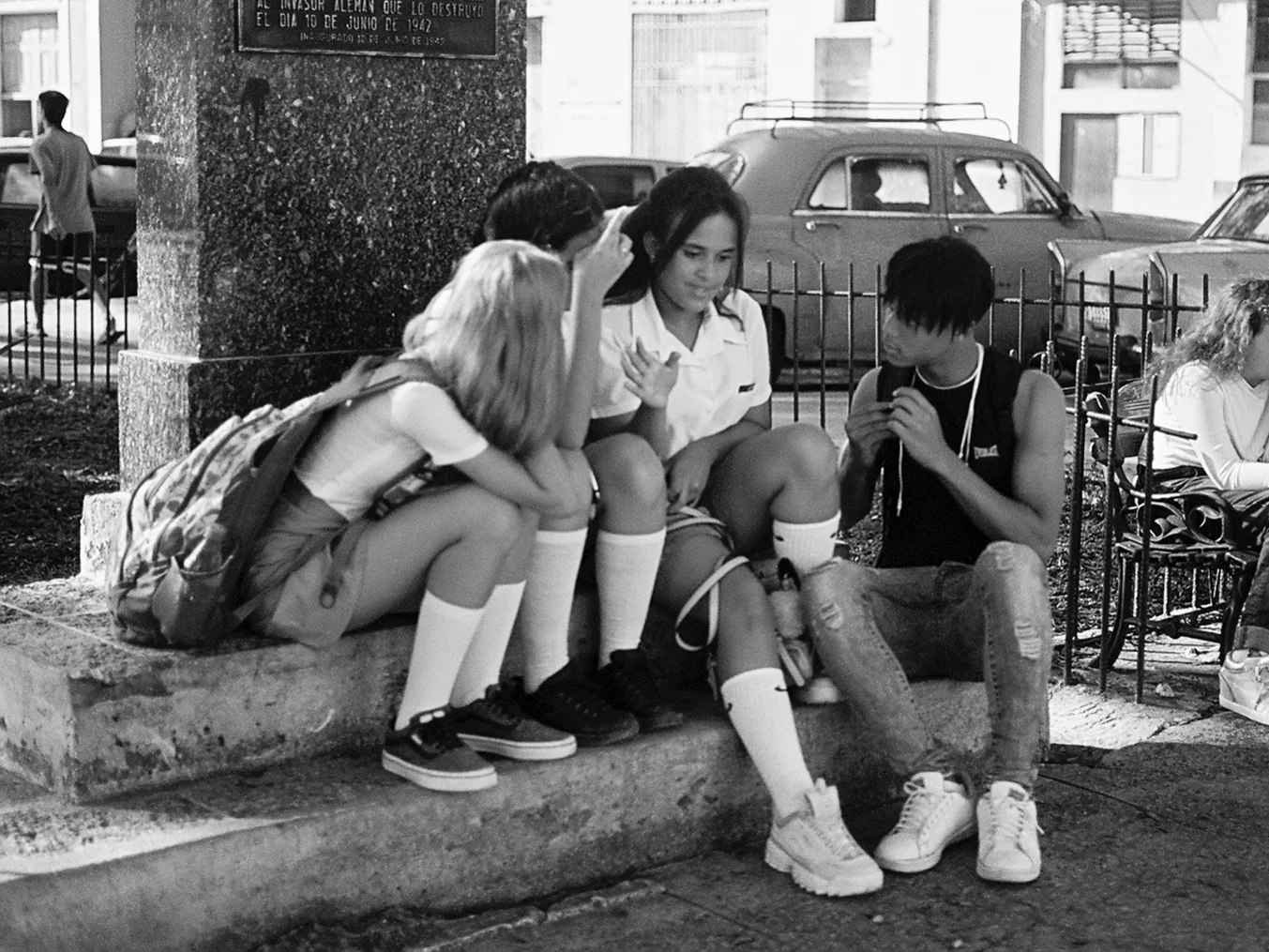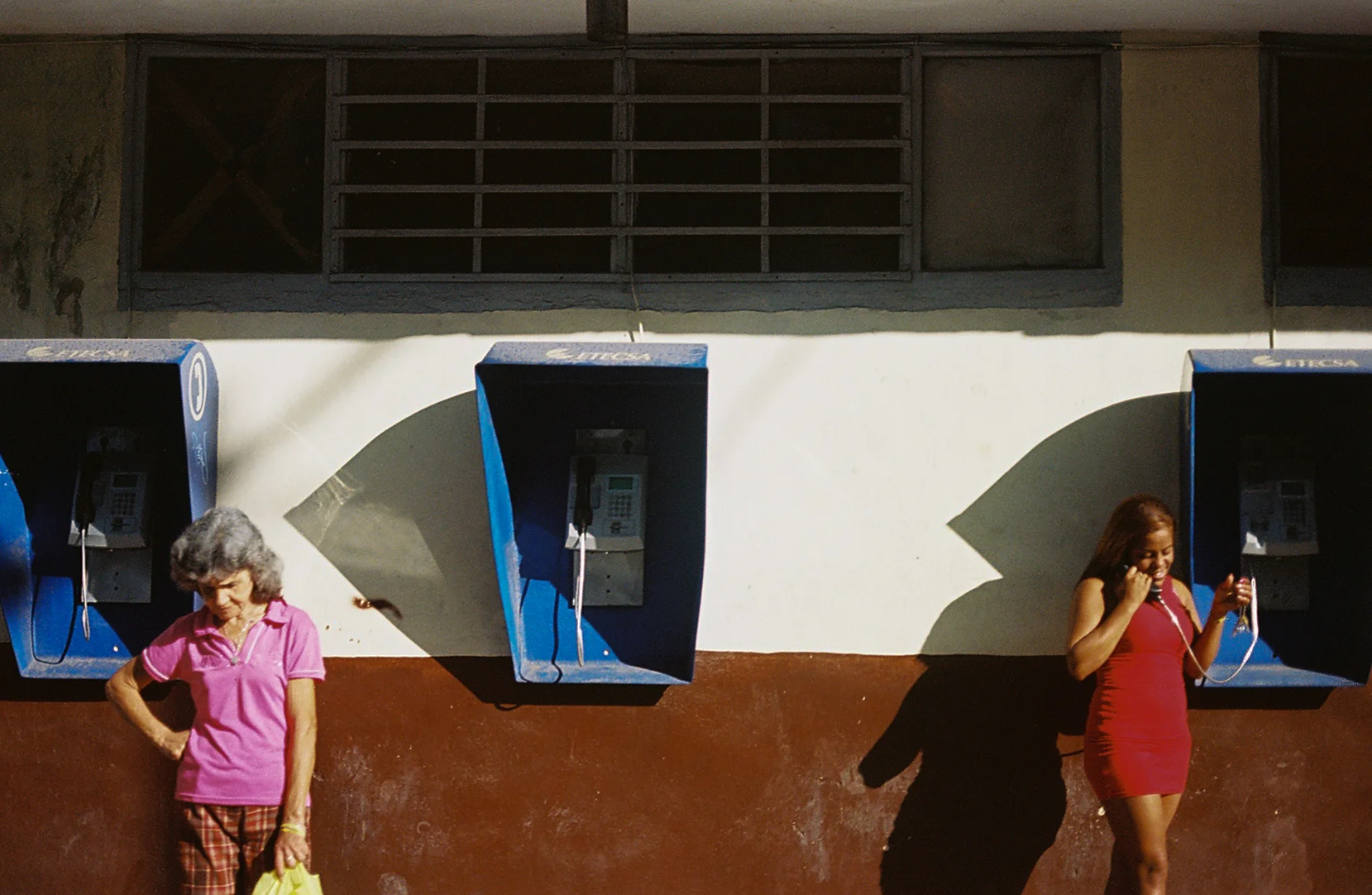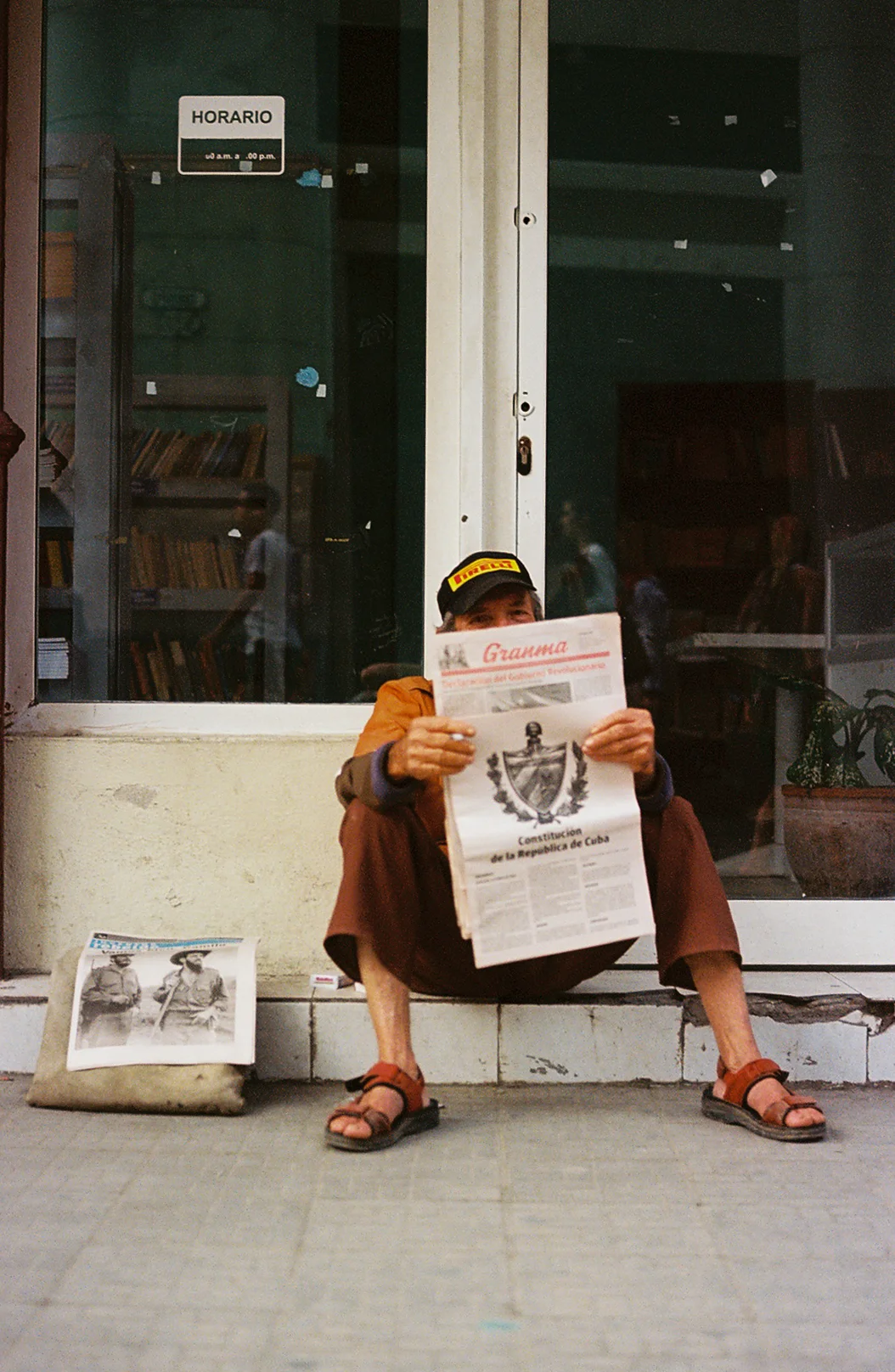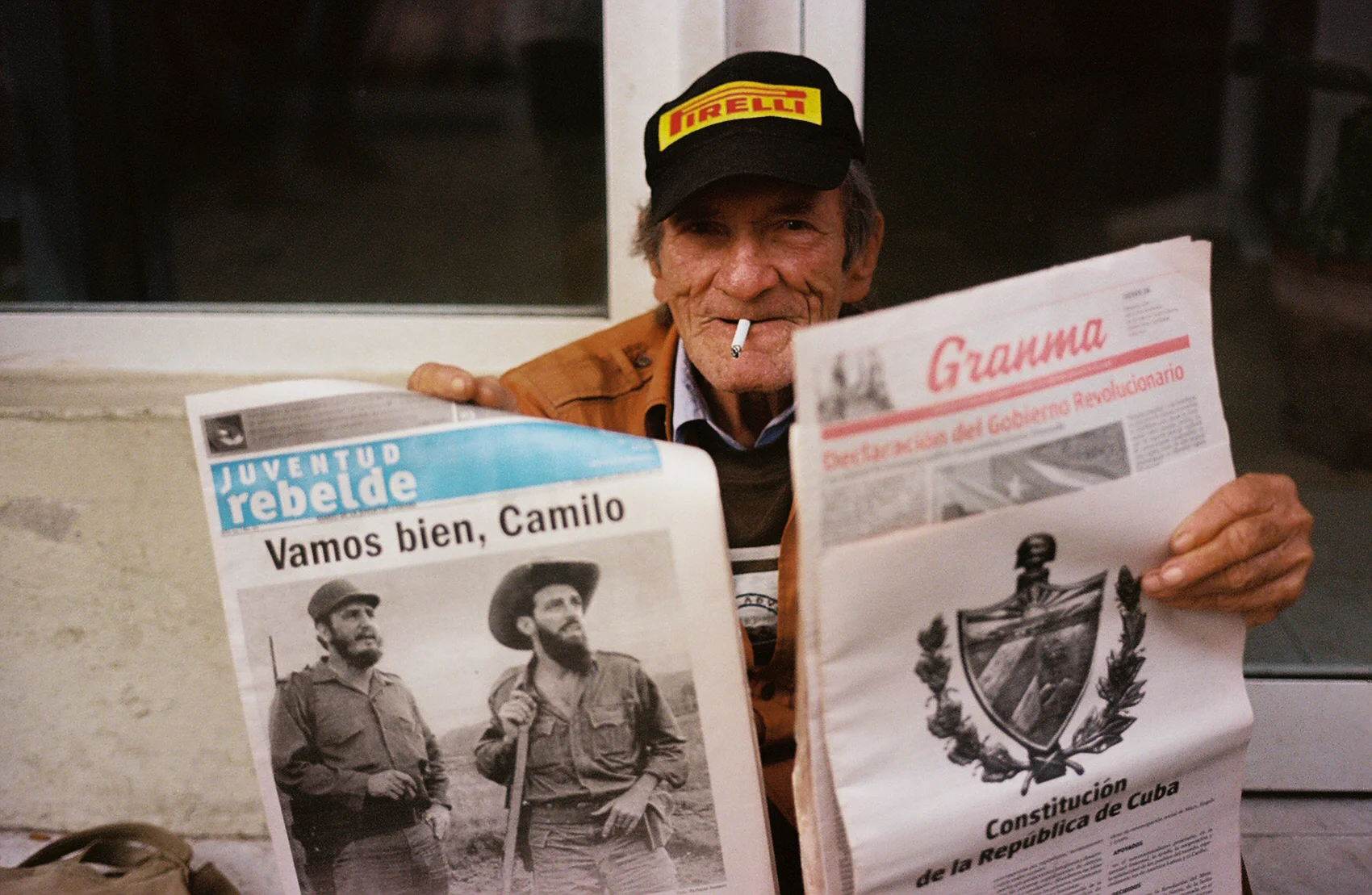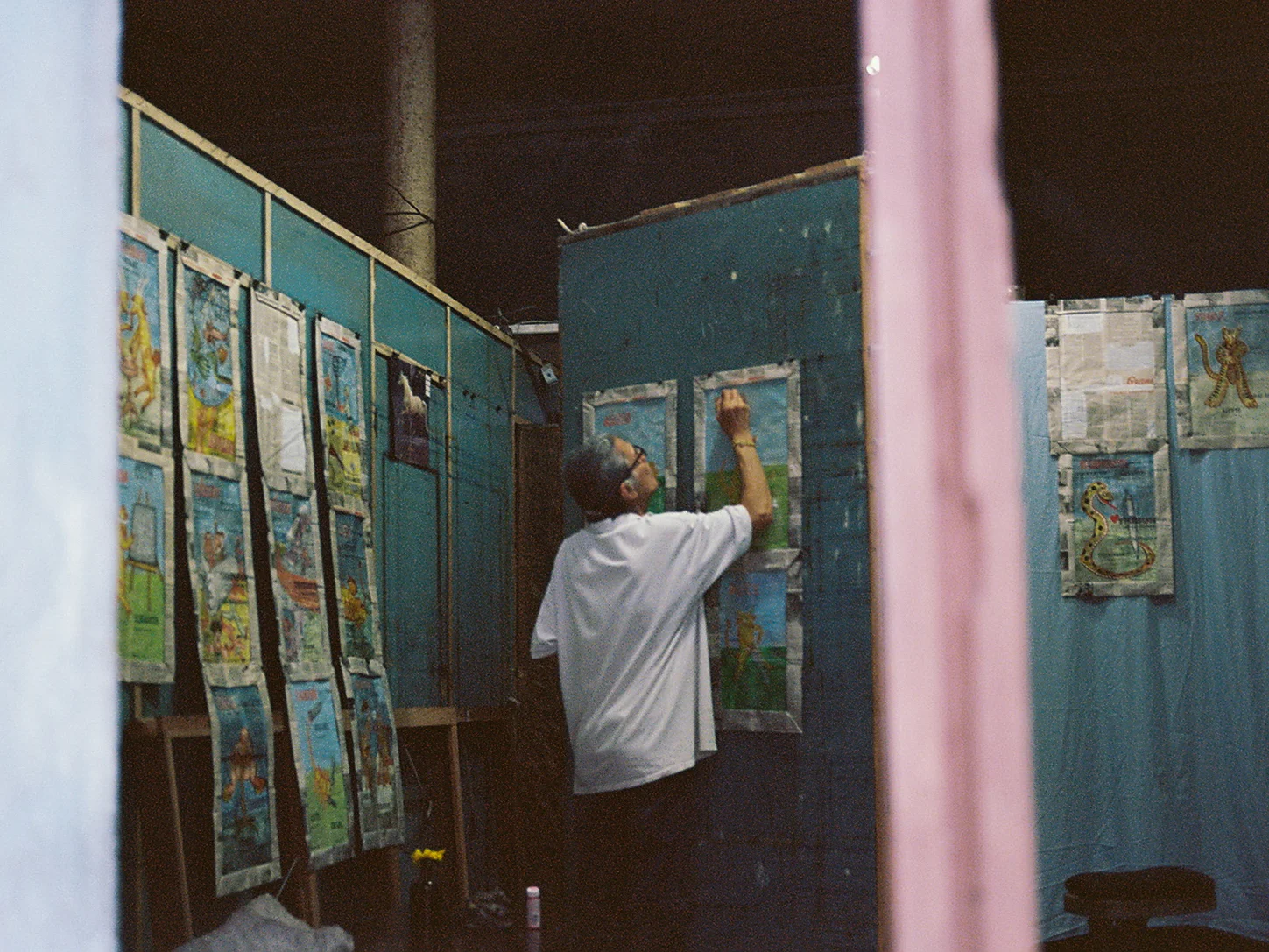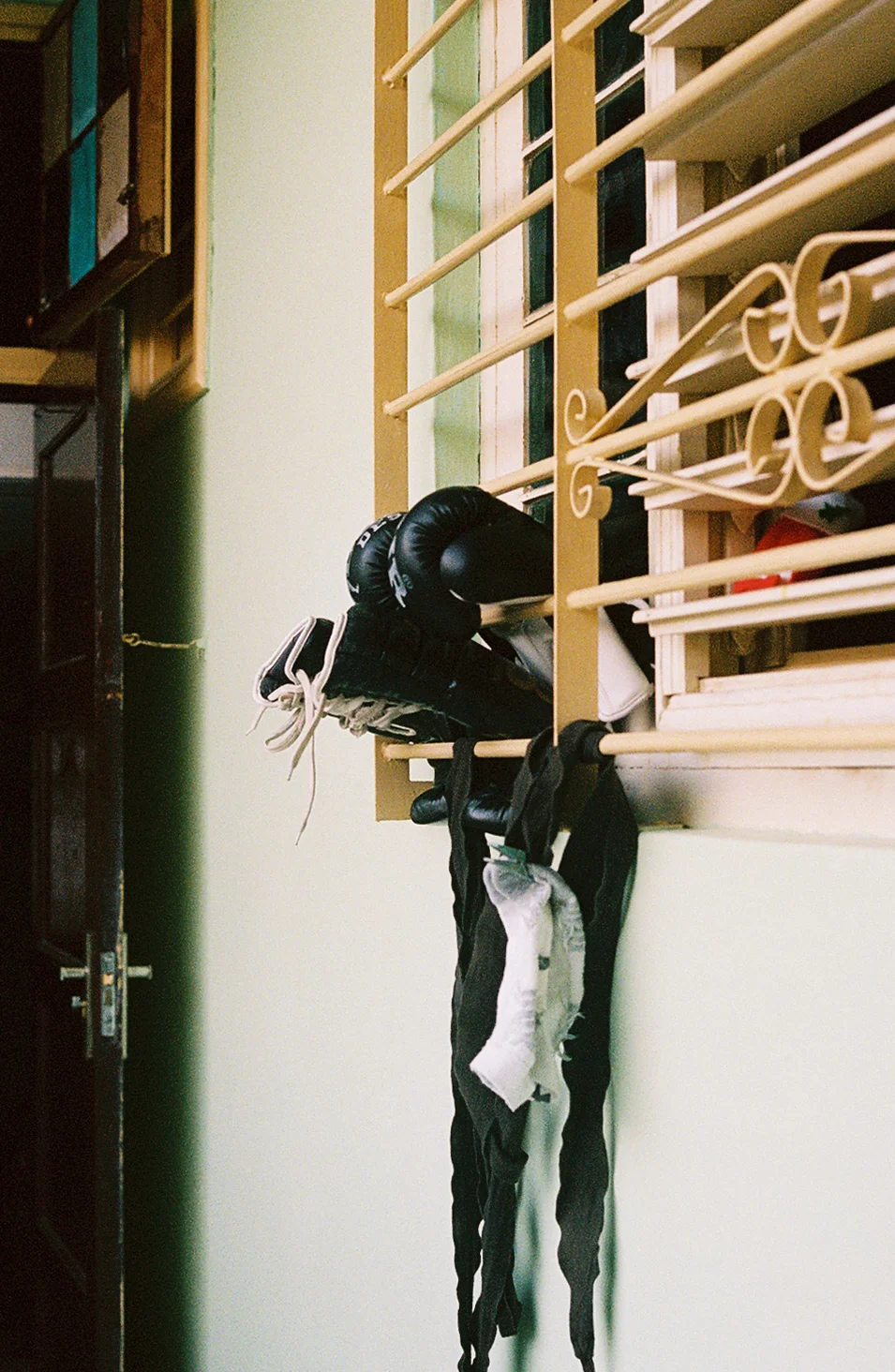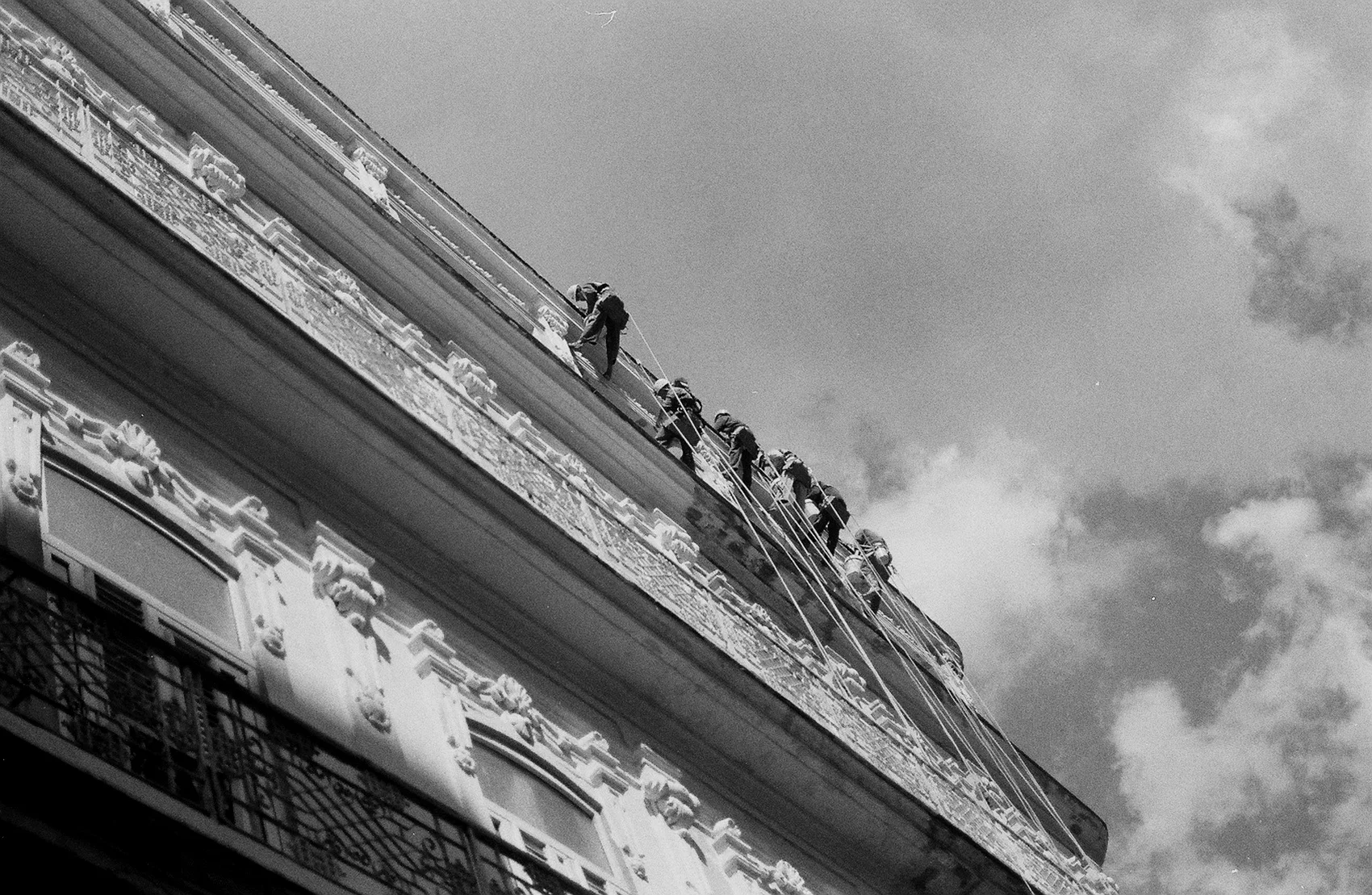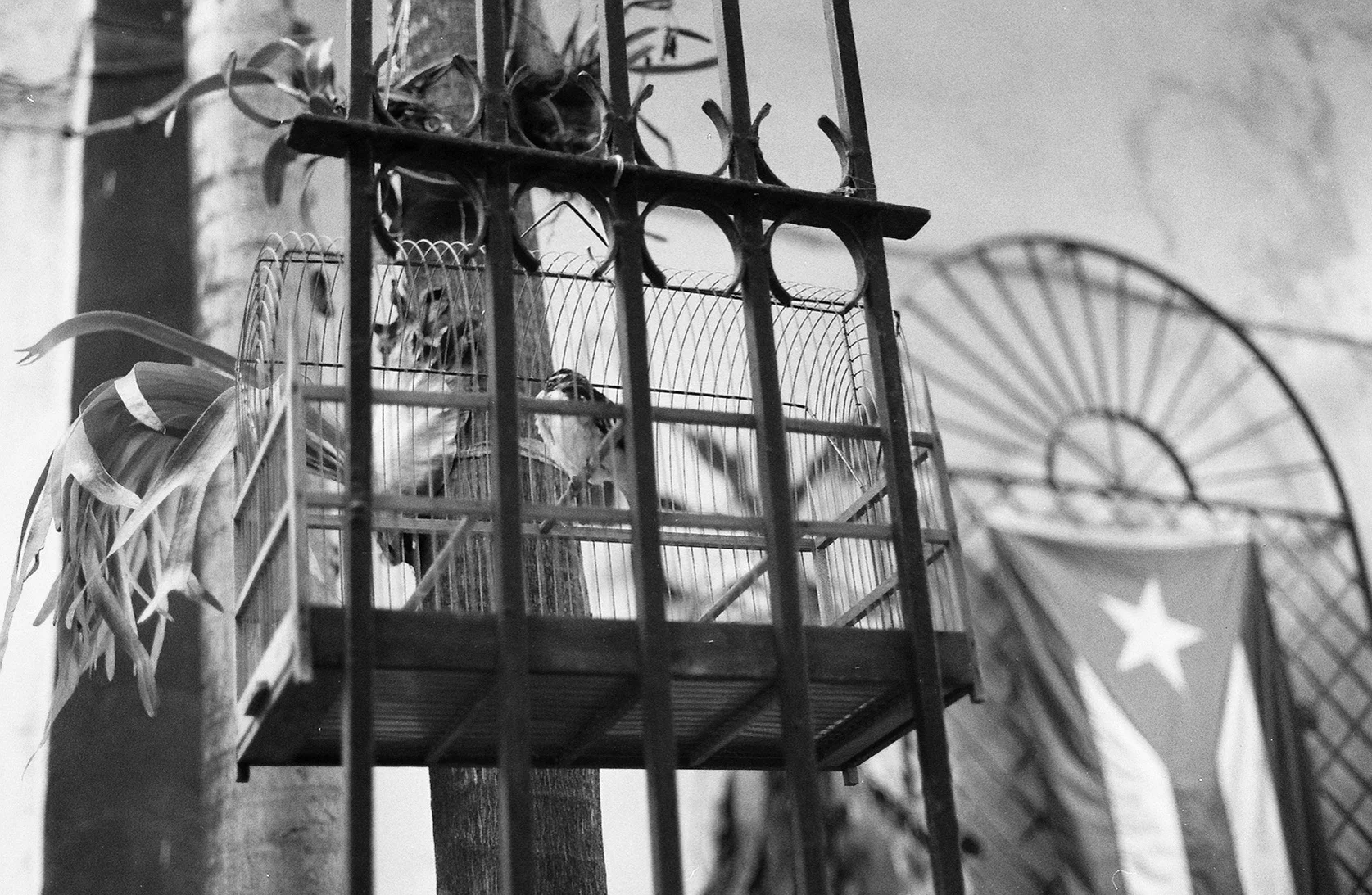On February 17th, 2020, I embarked on a journey to Michoacán, Mexico with Studio Elsewhere to document the migration of the monarch butterfly in photos. For the next week, our team would wake up at dawn, pack our vans, drive an hour to the parking site, hop on a horse, and head up the mountains of the various reserves where the butterflies were most concentrated.
The experience is something I can’t really put into words. I remember the excitement I felt when we saw our first cluster, but I wasn’t quite prepared for the spiritual experience of being immersed in the flutters of a beautiful, endangered species. Walking deeper into the forest, they suddenly surrounded us. The term “butterfly kisses” took on a very literal meaning as they brushed past our faces and landed on our clothing. We sat and lay in silence, mesmerized as hundreds of thousands of monarchs glistened in the slices of light that shone through the trees. It took my breath away and I can still hear the sound of them when I close my eyes, like streams of water or leaves blowing in the wind.
The migration itself is an amazing phenomenon. The monarchs are one of the few migratory insects that migrate annually to a warmer climate. That long trek every winter involves 3-4 generations of butterflies. It’s fascinating to think about the millions of monarchs that travel upwards of 3,000 miles throughout all of North America to migrate to the oyamel fir forests of Mexico. However, due to climate change, urban development (such as illegal logging), and a decline in the milkweed habitats that they pollinate, numbers of monarch butterflies have dropped significantly and that species is now facing extinction.
The fight against climate change likely is a long uphill battle but there are many ways that we as caring humans can help. We can create way-stations, avoid pesticides in our gardens, and one of the easiest things anyone can do is plant native milkweed and nectar plants. Just a couple of plants can make a difference in helping them on their journey.
As a visual storyteller, I am inspired and committed to pass on some of this knowledge. My trip to Michoacán to document the migration of the monarch butterfly is one I’ll never forget. The experience of taking these photos raised my awareness for this delicate species, one that contributes to the health of our planet. Now it’s our turn to help them.





















